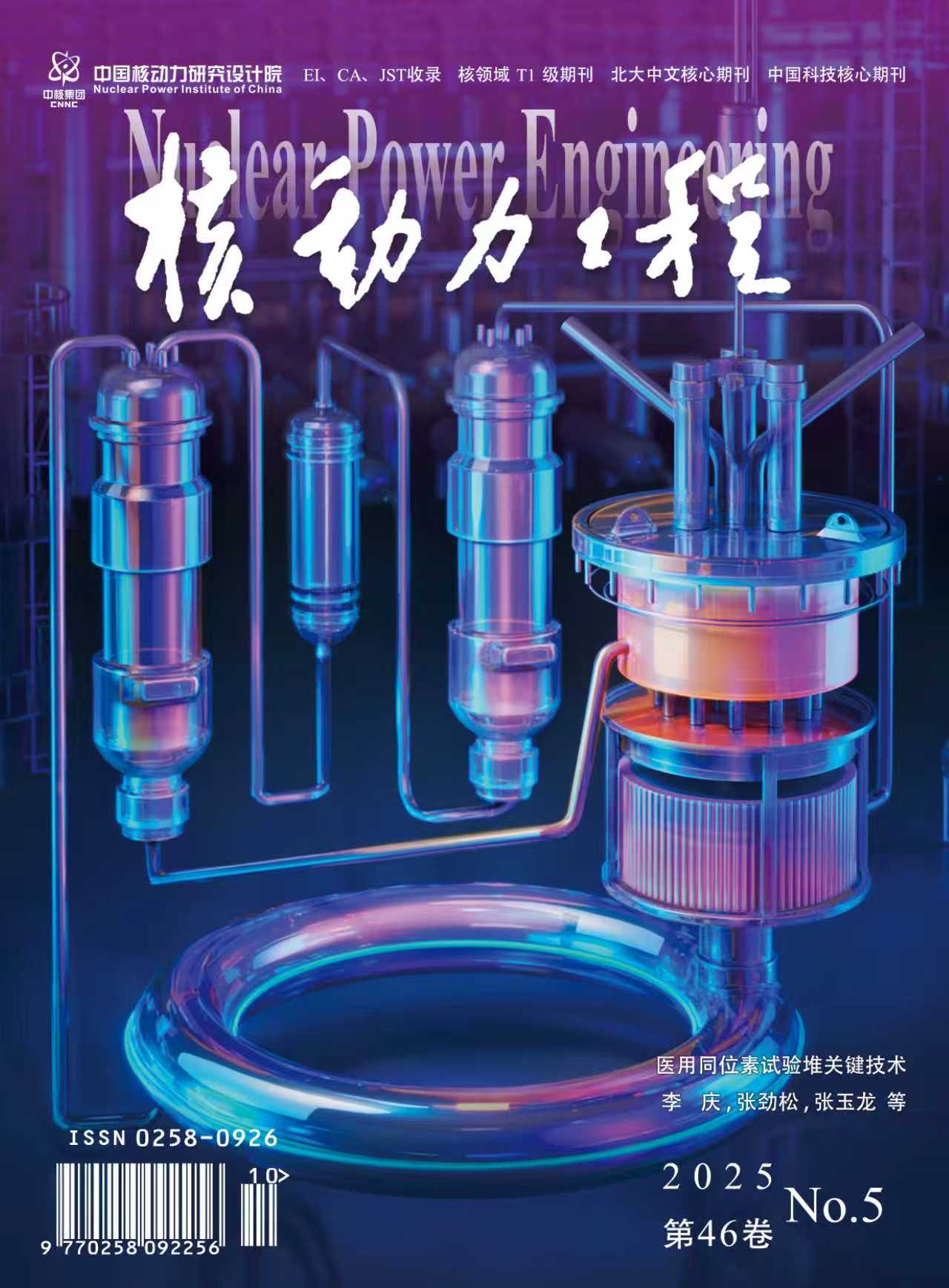2010 Vol. 31, No. S2
Display Method:
2010, 31(S2): 1-4,15.
Abstract:
2010, 31(S2): 5-8,20.
Abstract:
2010, 31(S2): 16-20.
Abstract:
2010, 31(S2): 21-24.
Abstract:
2010, 31(S2): 25-28,42.
Abstract:
2010, 31(S2): 29-33.
Abstract:
2010, 31(S2): 34-37.
Abstract:
2010, 31(S2): 38-42.
Abstract:
2010, 31(S2): 43-47.
Abstract:
2010, 31(S2): 48-53.
Abstract:
2010, 31(S2): 53-57,87.
Abstract:
2010, 31(S2): 58-62.
Abstract:
2010, 31(S2): 63-67.
Abstract:
2010, 31(S2): 68-72.
Abstract:
2010, 31(S2): 73-78,91.
Abstract:
2010, 31(S2): 79-82.
Abstract:
2010, 31(S2): 83-87.
Abstract:
2010, 31(S2): 88-91.
Abstract:
2010, 31(S2): 92-96.
Abstract:
2010, 31(S2): 97-101.
Abstract:
2010, 31(S2): 102-106.
Abstract:
2010, 31(S2): 107-110.
Abstract:
2010, 31(S2): 111-115.
Abstract:
2010, 31(S2): 116-120.
Abstract:
2010, 31(S2): 121-124,127.
Abstract:
2010, 31(S2): 125-127.
Abstract:
2010, 31(S2): 128-131,135.
Abstract:
2010, 31(S2): 132-135.
Abstract:
2010, 31(S2): 136-140,158.
Abstract:
2010, 31(S2): 141-144.
Abstract:
2010, 31(S2): 145-149.
Abstract:
2010, 31(S2): 150-153.
Abstract:
2010, 31(S2): 154-158.
Abstract:
2010, 31(S2): 159-161.
Abstract:
2010, 31(S2): 162-166.
Abstract:
2010, 31(S2): 167-170.
Abstract:
2010, 31(S2): 171-174.
Abstract:



